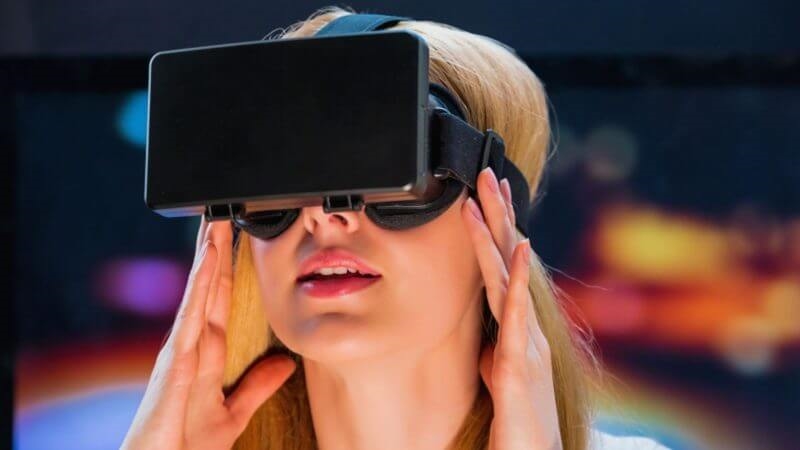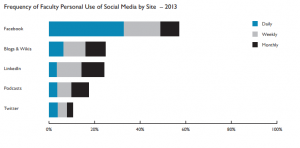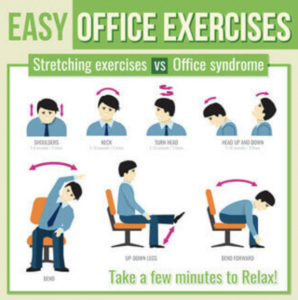A marketing tech exec offers some rules of thumb.

Augmented reality (AR) adds visual overlays on the physical world and is usually viewed through a smartphone. Virtual reality (VR) depicts a self-contained, navigable 3D world and is usually experienced through a specialized motion-detecting headset.
Just as marketers have learned when a project should employ a website and when it should utilize an app, so they are beginning to understand when to choose AR or VR.
Philadelphia-based consumer engagement shop MVP Interactive has designed and built a variety of projects in each mode, as well as other kinds of marketing tech, so I asked CEO and founder James Giglio about his developing sense of when to use what.
In one project, for instance, MVP put Oculus VR headsets into football helmets so that four fans at a time could experience a 70-second point-of-view immersion into what a Washington Redskins football player experiences on game day, sponsored by Anheuser-Busch.
Another project — this one for professional soccer team Atlanta United — planted 17 AR virtual markers around locations in the Atlanta area. Fans were invited to find the markers through their phones’ viewfinders, with each marker containing team history and hints on the locations of the next ones. The first 17 fans to find all 17 markers won team jerseys.
So, why use AR for one team, but VR for the other?
Scale, isolation
When you want to present an experience that suspends reality, he pointed out, you should employ VR. It’s about access to experience, such as the effort to let a fan know exactly what it’s like to be a professional football player — at least for 70 seconds.
If you want access to information that expands on the real world, then AR is your choice, he said. The Atlanta project, for example, contained historical information about the many streets in that metro area with the word “Peachtree” in their name.
Another factor is the scale involved. Currently, VR headsets are specialized gear requiring specialized setups, so only a limited number of viewers can be accommodated at a time.
On the other hand, virtually everyone these days seems to have a smartphone, and AR capability is built into the later models. So, AR is the choice when you want to reach a lot of people.
There’s also the fact the VR creates an isolated and completely contained environment, so it needs to take place in secure and stable environments. AR, on the other hand, has the whole world as its stage.
Just to make the choice more complicated, there’s also Mixed Reality, of which Giglio says he’s a fan.
The term covers environments where 3D and other objects are placed over real-world scenes, as AR’s layers are, but those objects interact with each other and with the real world as part of one space.
The relevant experience
Imagine the interaction in, say, the animated/live action film “Who Framed Roger Rabbit?,” except as a navigable space. Or imagine a VR self-contained environment, but with some portions of the environment transparent to the real world.
Choosing the right reality also involves determining if the product or service you are promoting has a relevant experience worth experiencing. Most people, for instance, would like to be inside the head of a professional football player, at least temporarily.
But, if the product is laundry detergent, what is the relevant experience? Do you really want to view laundry’s point-of-view inside a washing machine?
Additionally, there’s the question of whether the experience created will add to your appreciation of the product/service, given the technology’s current level of verisimilitude.
Will that VR experience of a new car feel enough like a new car, for instance, to encourage the buyer — or will it fail to impress them and turn them off?
Giglio recalled that his company did a VR pilot project for Cadillac that layered AR graphics on top. “What we did,” he told me, “was allow people to experience the test driving [of a new Cadillac] — to a degree.”
But, he acknowledged, “it’s not going to be able to match driving the car.”
Marketing Land – Internet Marketing News, Strategies & Tips
(100)
Report Post






